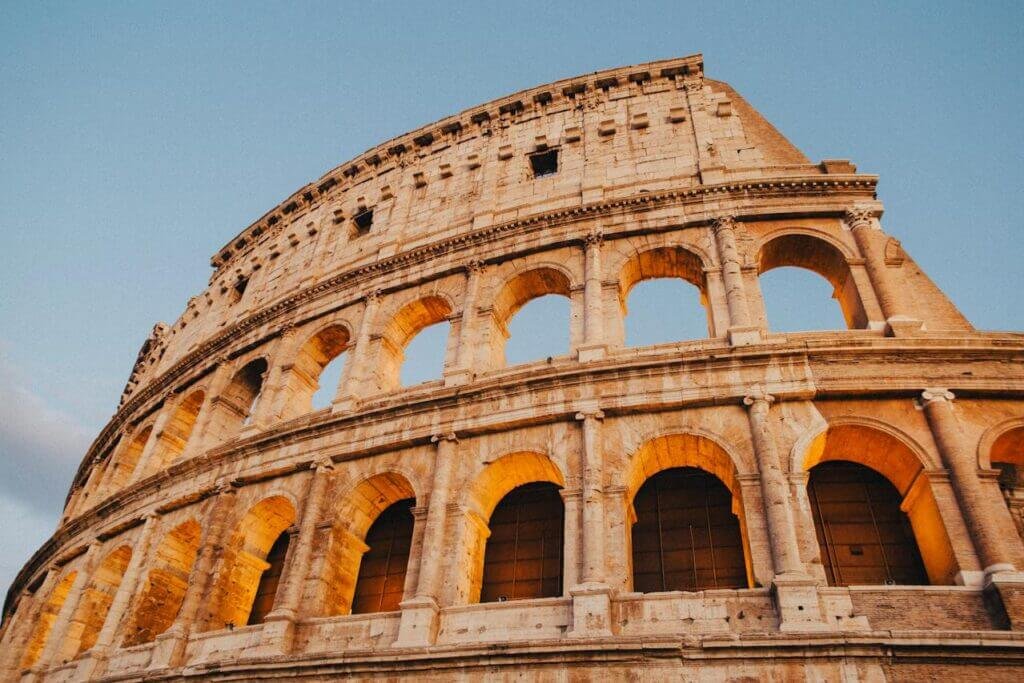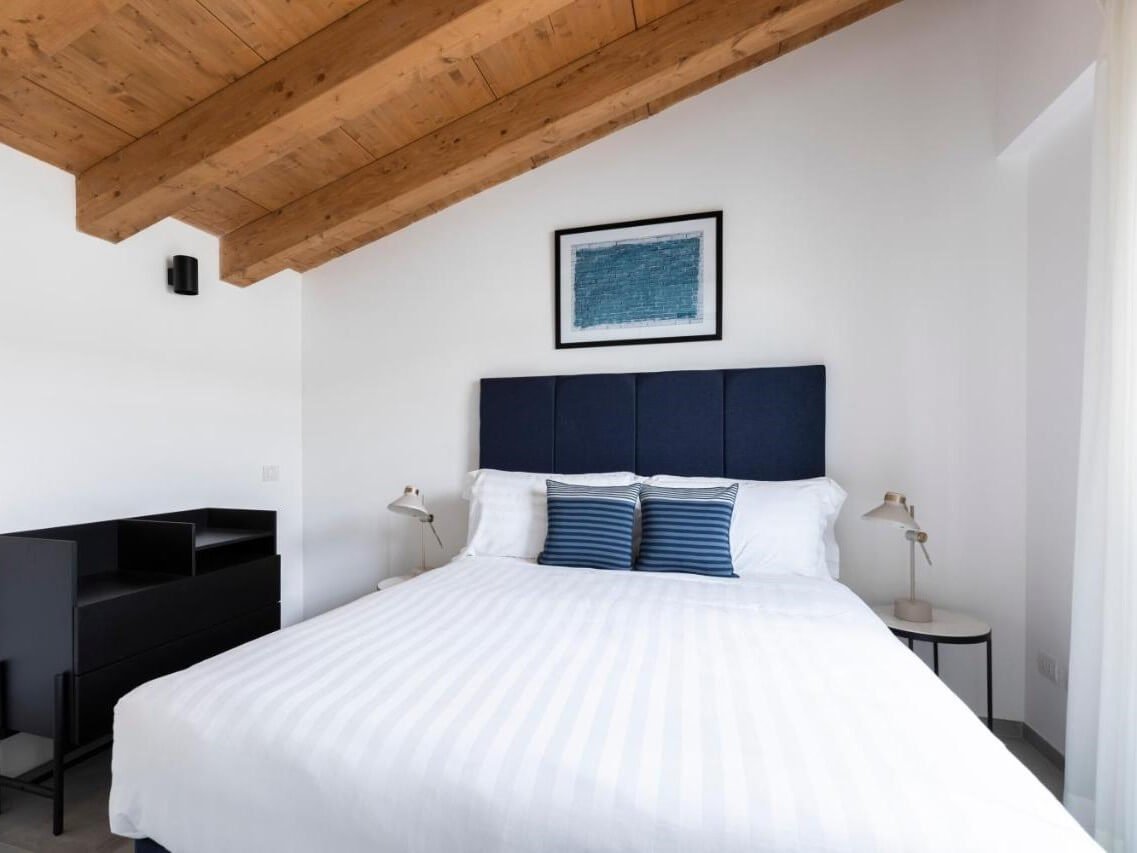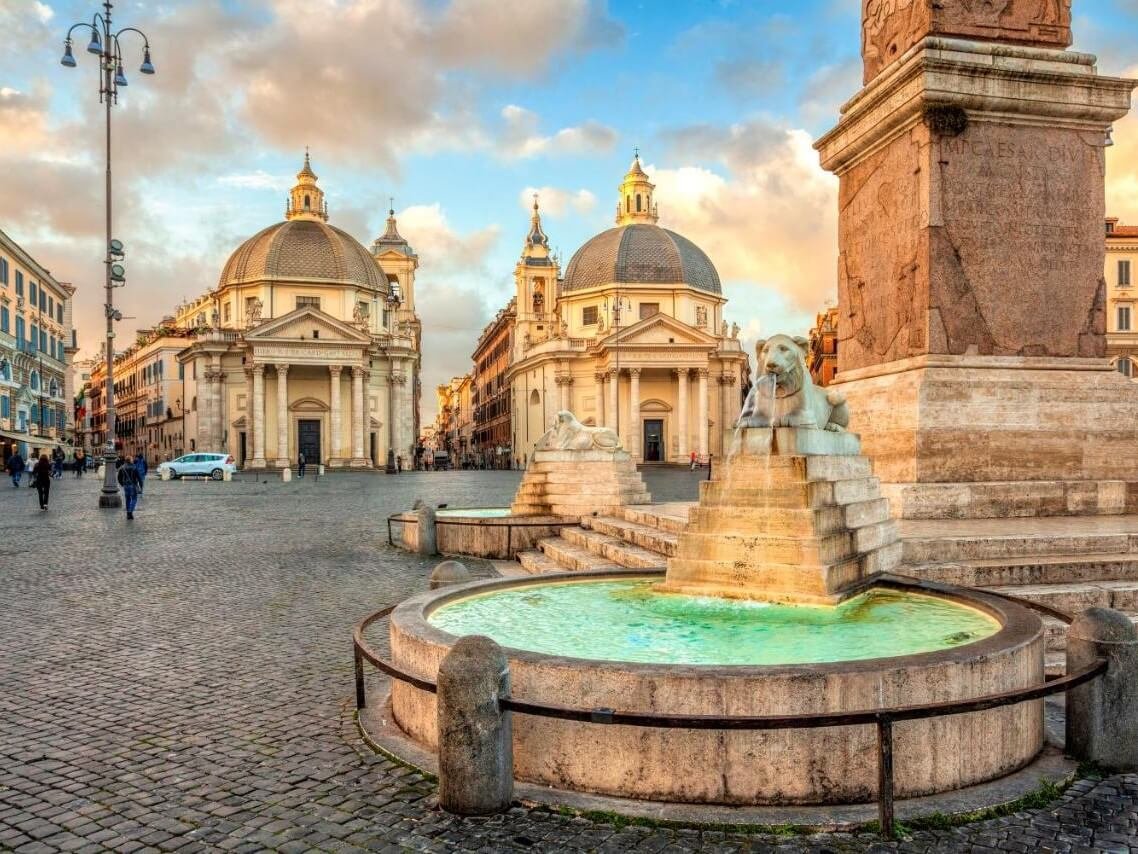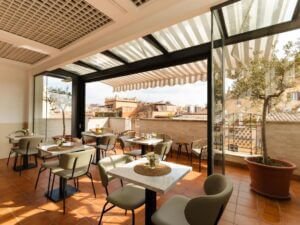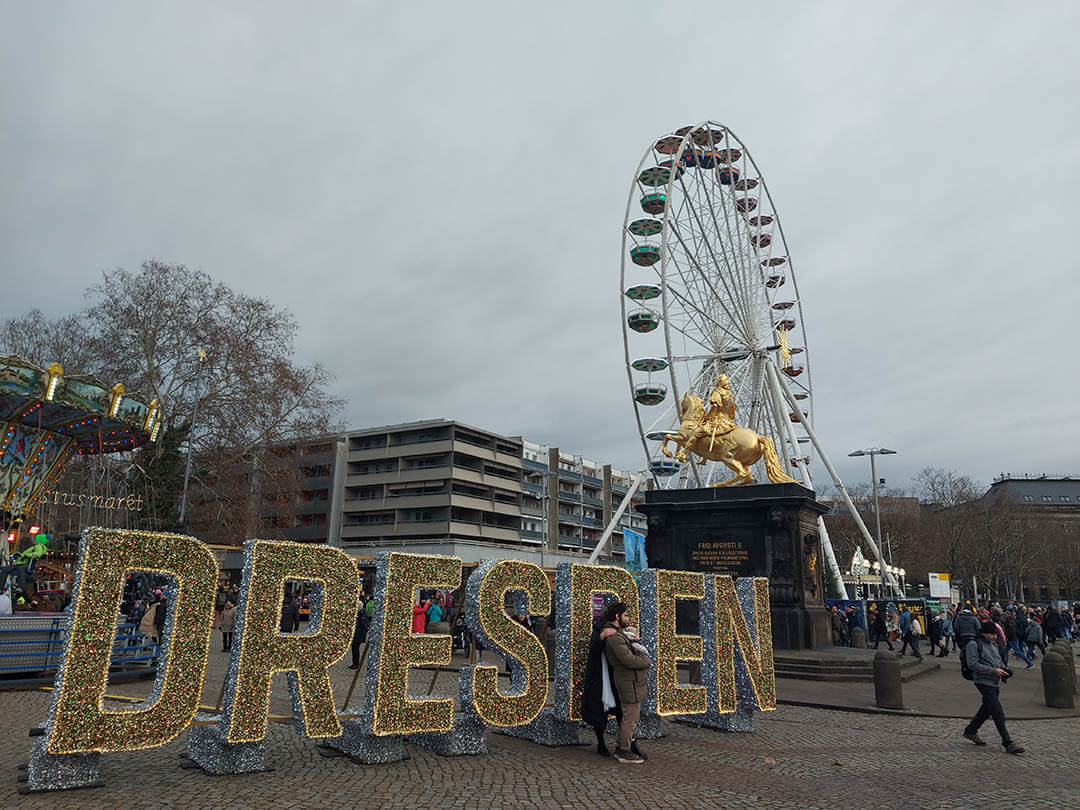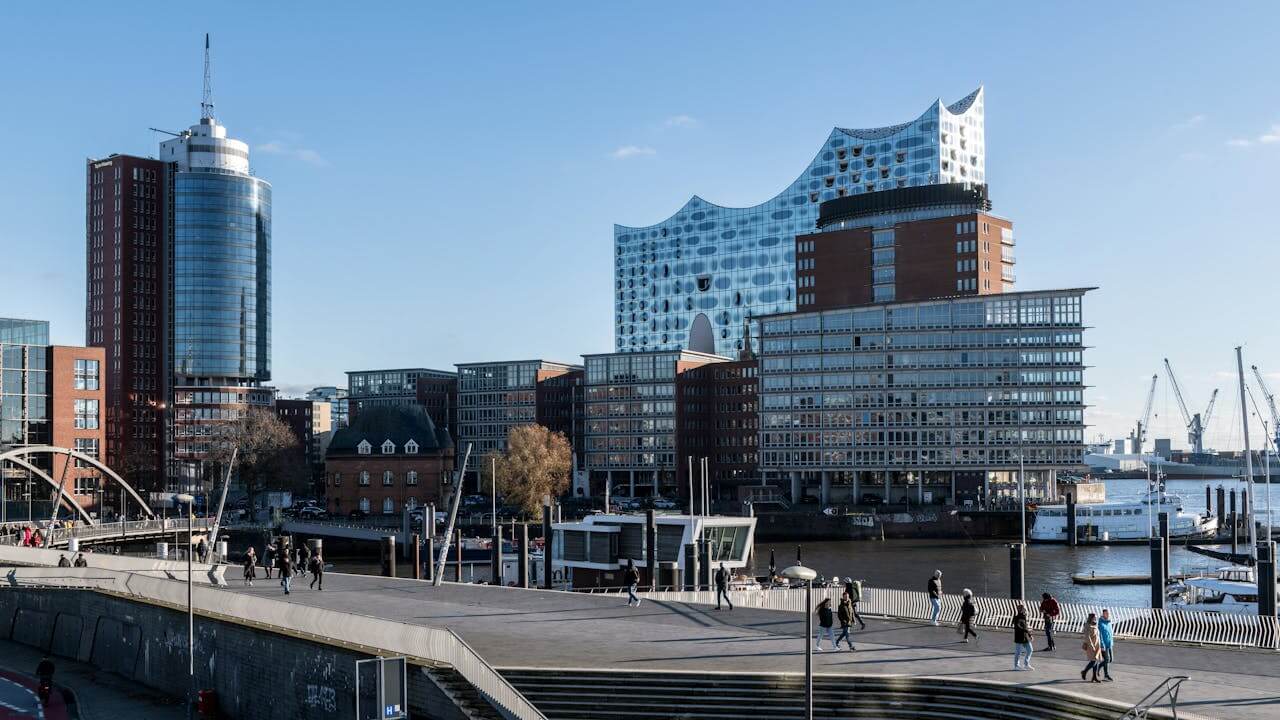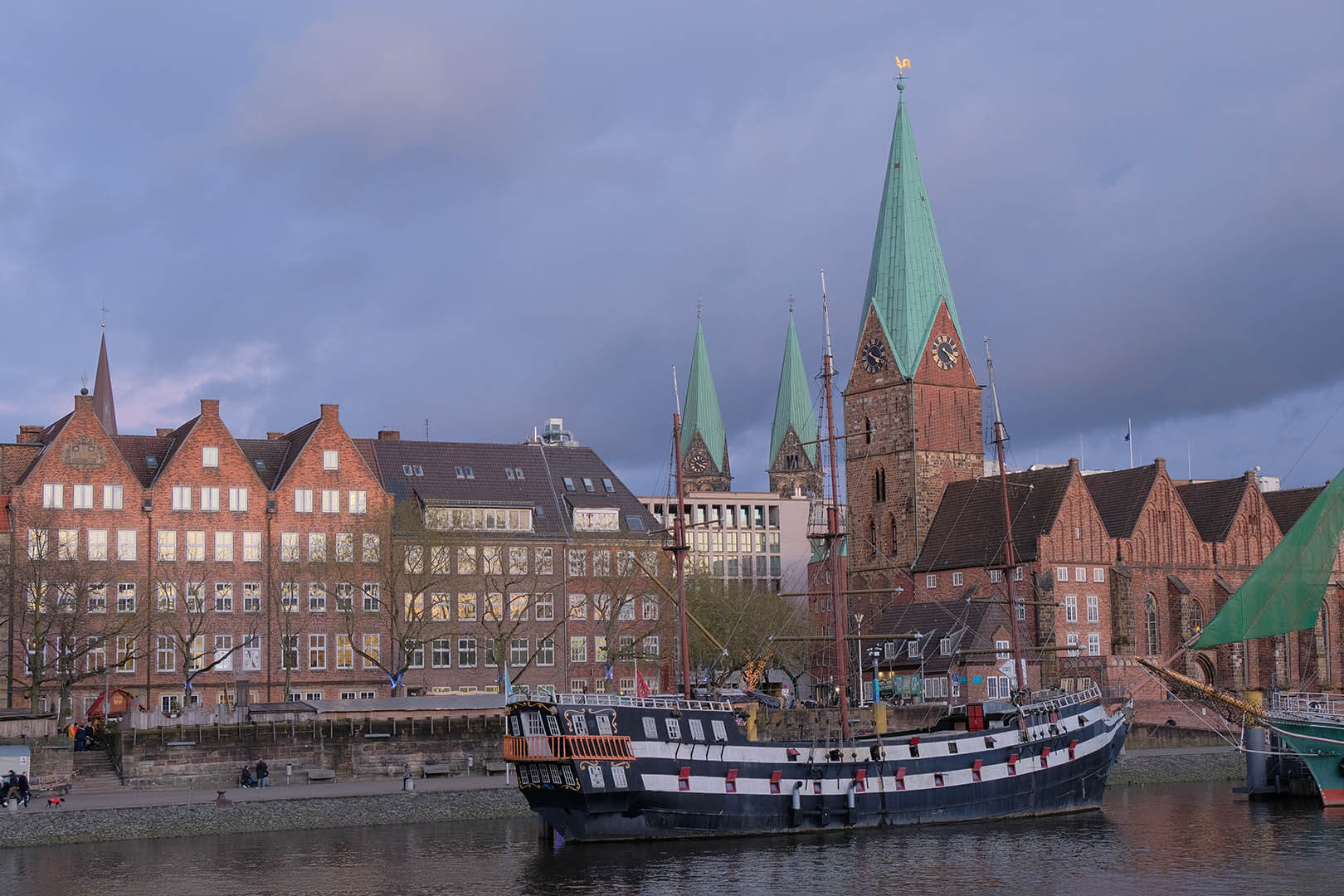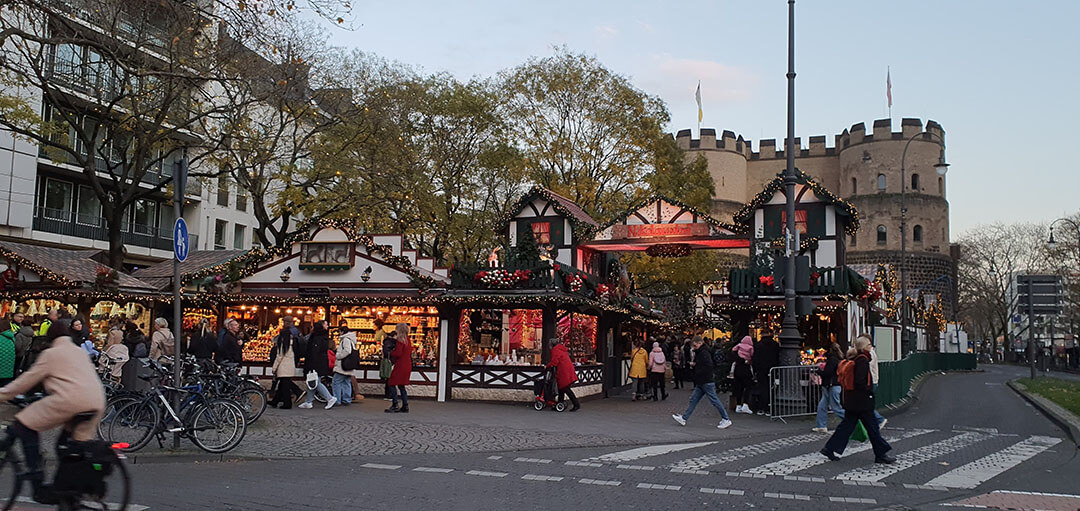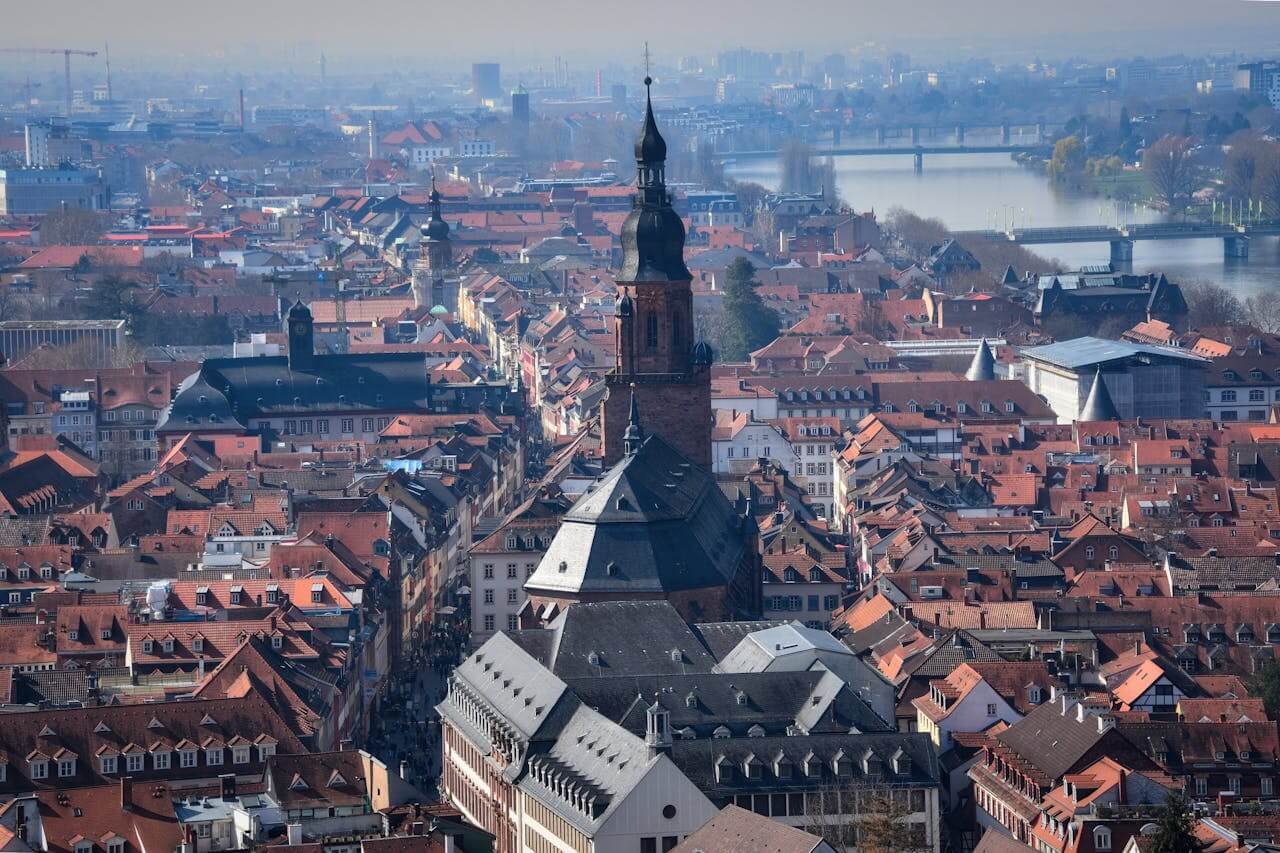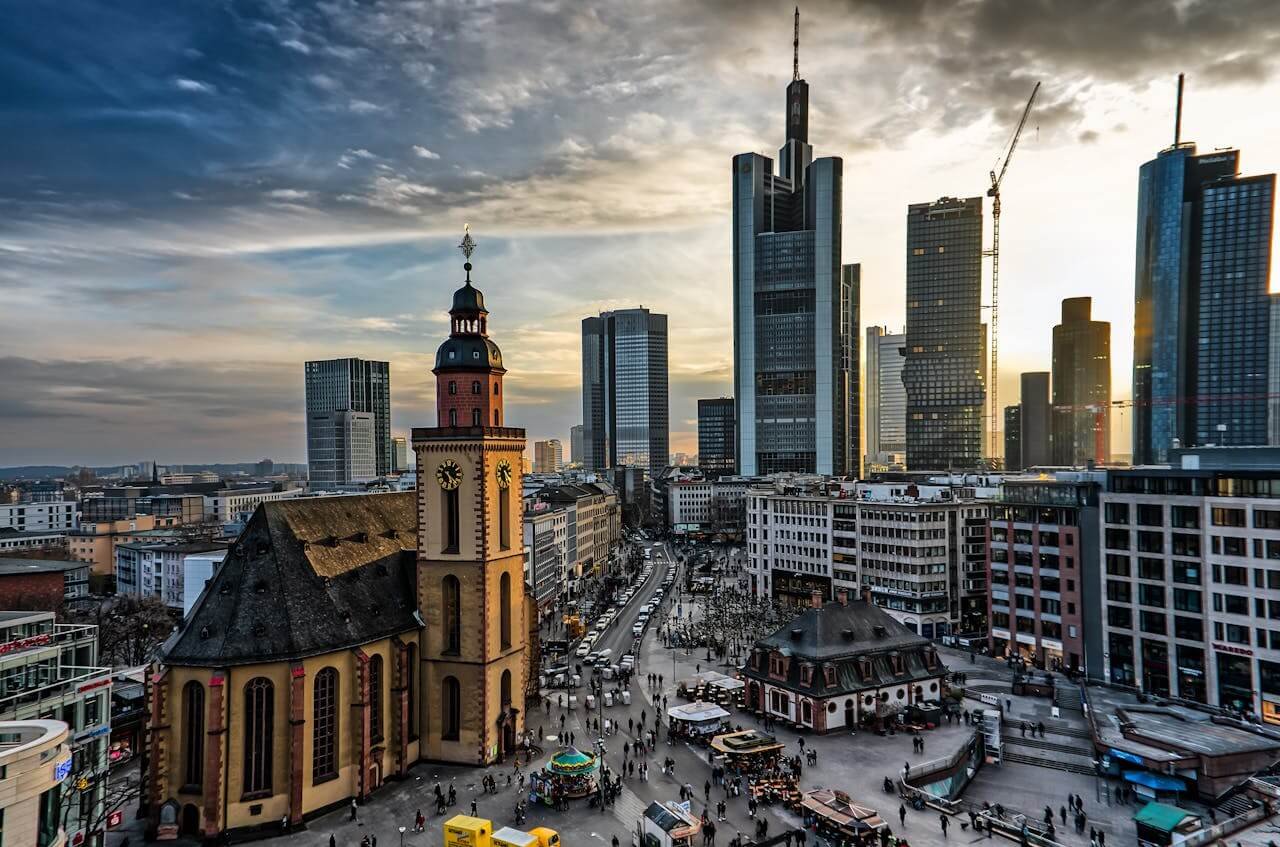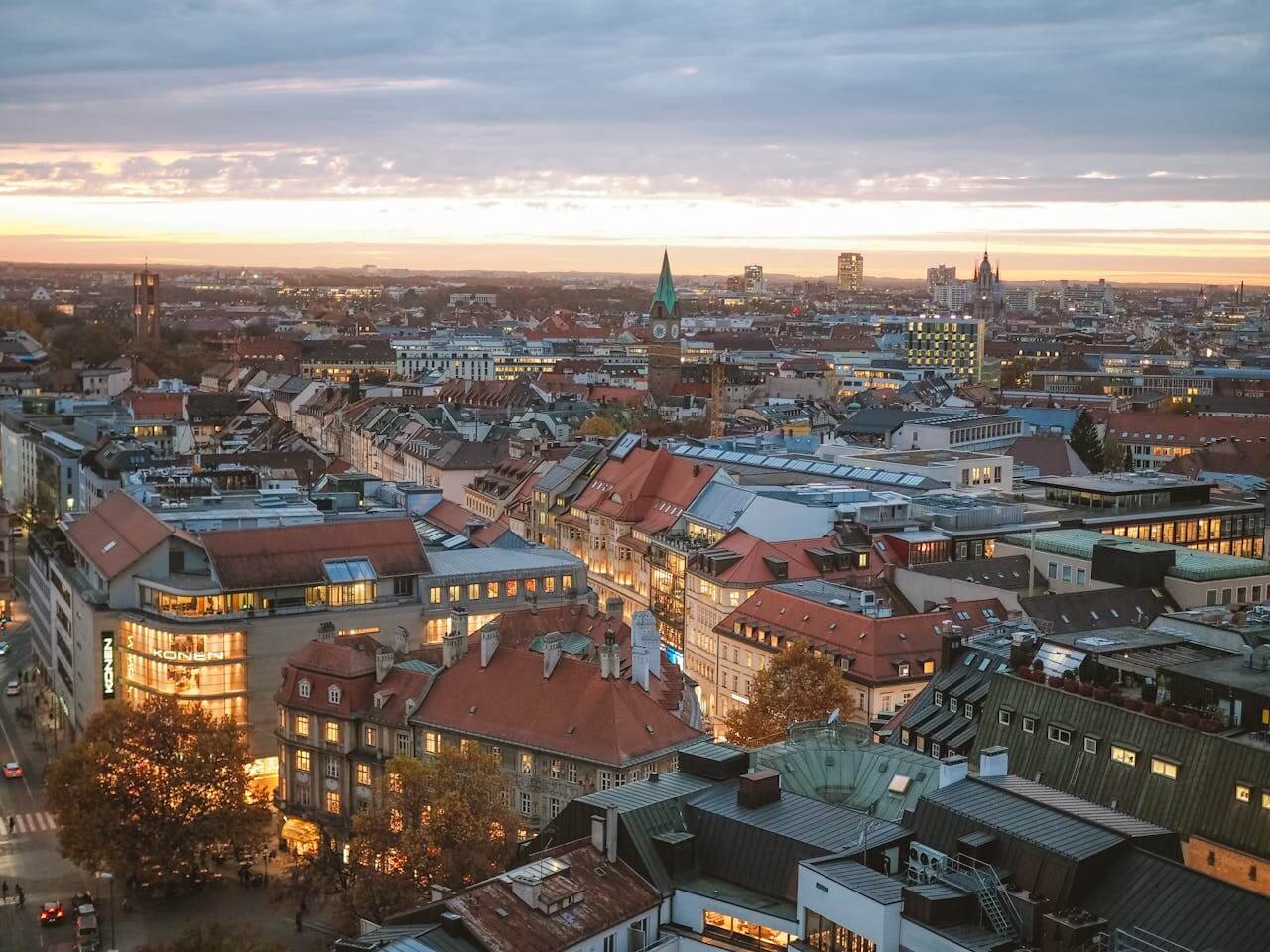The Colosseum, also known as the Flavian Amphitheatre, is a legendary symbol of ancient Rome’s power and architectural boldness. This iconic amphitheater, located in the heart of Rome, has captured the imaginations of millions for centuries. The primary purpose of the Colosseum was to serve as a venue for entertainment and public spectacles, specifically gladiatorial contests, animal hunts, mock naval battles, and dramatic performances. Today I want to share with you the most interesting facts about the Colosseum of Rome.
Book your tickets in advance here. The ticket usually includes entering to Colosseum, Roman Forum and Palatine Hill. If it is your first visit, highly recommend to take a guided tour.
Read my post about more attractions in Rome.
Visiting the Colosseum of Rome was completely free
The seating capacity of the Colosseum was 50,000-80,000 people. And all of them could get inside completely free. Spectators received numbered clay tablets as tickets. They were marked with the appropriate section and row where they sat, depending on their social status. A slave couldn’t sit among the nobility. The higher was the status of the viewer, the closer he sat to the arena.
Not all events and games ended in death
While the Colosseum is famous for its gladiatorial contests and other violent spectacles, not all events held there ended in death. The amphitheater was a versatile venue that hosted a variety of activities. In addition to gladiator battles and animal fights, the Colosseum also accommodated theatrical performances, public gatherings, ceremonies, and speeches. This diversity in events reflects the multifaceted nature of the Colosseum as a cultural and entertainment center in ancient Rome.
The Colosseum was covered with a huge awning
In ancient times, the Colosseum featured a colossal retractable awning called the “velarium.” This massive canvas cover, made of linen or canvas, was suspended above the seating area and could be extended or retracted as needed. Its primary purpose was to shield spectators from the sun’s intense heat during daytime events, ensuring their comfort, and it could also protect them from rain or adverse weather conditions. Operated by a team of sailors and slaves using a system of pulleys and winches, the velarium was a remarkable example of Roman engineering ingenuity, enhancing the overall experience for those attending events at the Colosseum.
The Colosseum was built without the use of cement
The Colosseum, constructed with brick-faced concrete, limestone, and tuff, utilized metal staples and rods instead of mortars to hold the stones together. This engineering choice is evident in the numerous holes and openings seen in the damaged sections of the amphitheater, which are traces of the rods used during construction. The absence of traditional mortars highlights the innovative construction techniques employed in ancient Roman architecture, showcasing the versatility and durability of the iconic Colosseum.
The Colosseum was the first in the world to construct an elevator system
The Romans brought animals and gladiators into the arena, located in the underground floor. In combination with the elevator system, they created trap rooms that made the performances even more spectacular: people and wild animals appeared on stage as if out of nowhere. Romans were indeed skilled engineers, and the Colosseum featured various innovative mechanisms.
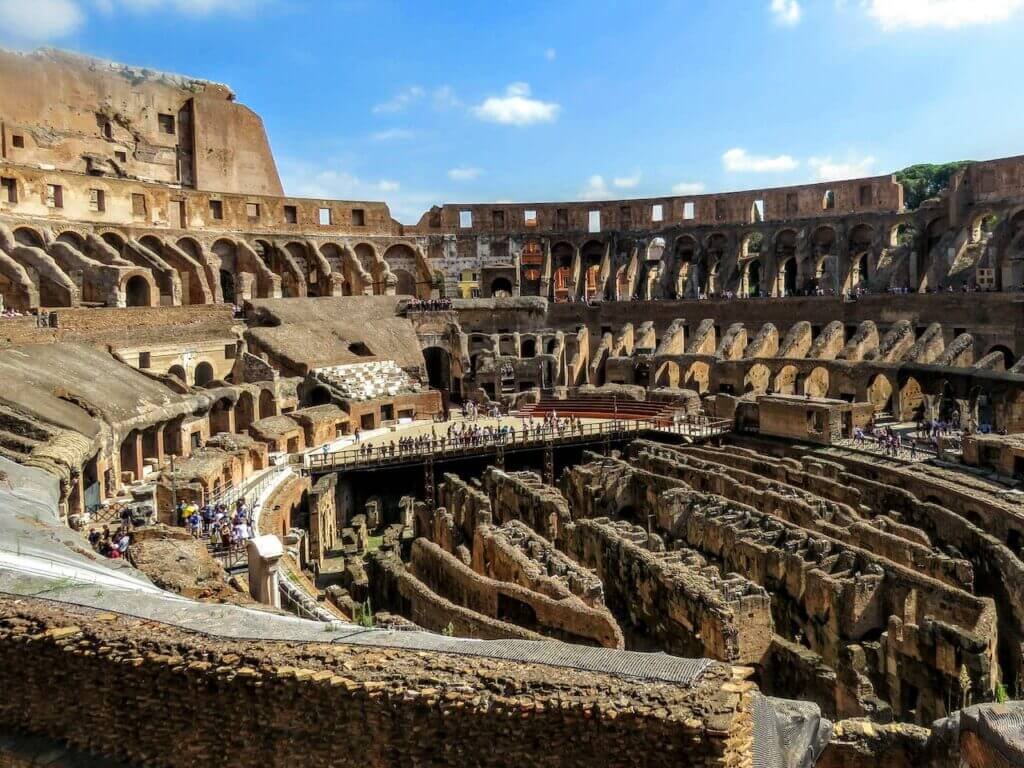
The Colosseum is the most visited attraction in Italy
The Colosseum is indeed one of the most visited attractions in Italy. As an iconic symbol of ancient Rome, the Colosseum attracts millions of visitors each year who come to admire its historical significance, architectural grandeur, and cultural heritage. More than 6 million tourists visit the amphitheater every year, so there is almost always a queue.
Have a great trip!

